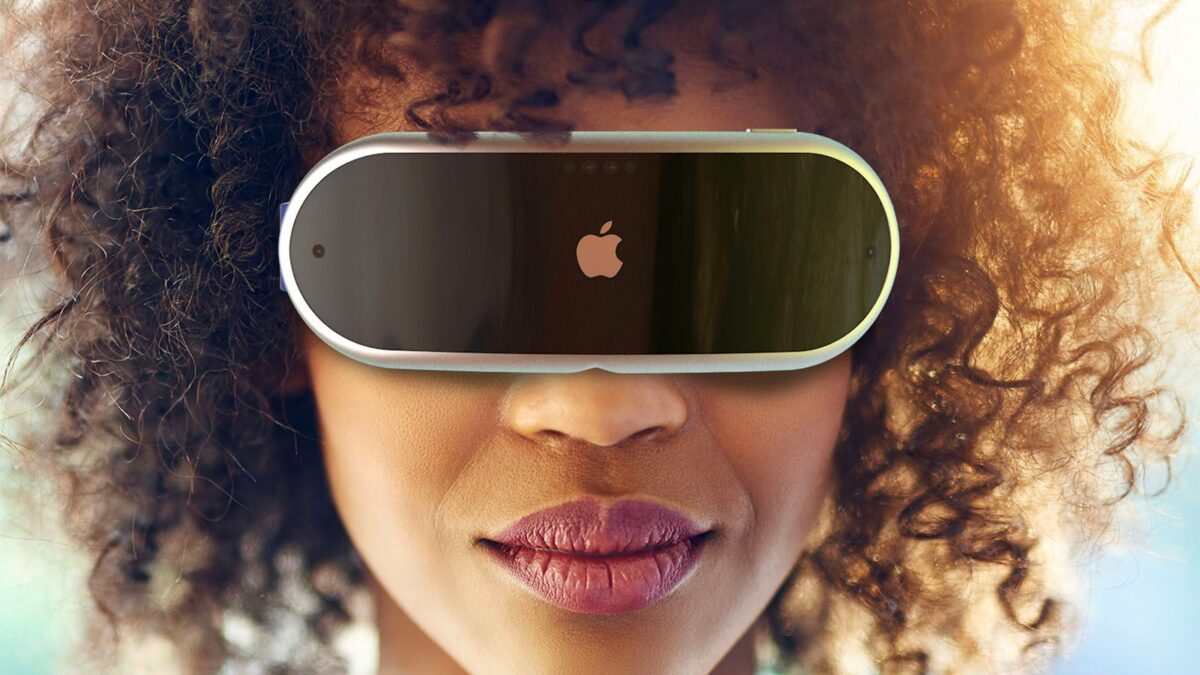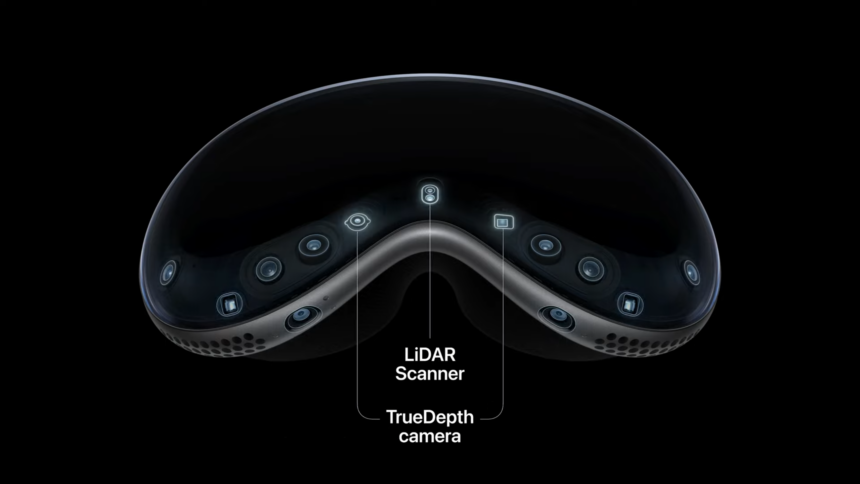Apple has announced its first AR/VR headset, the Vision Pro. The headset is expected to be released in the fall of 2023 and will feature a number of impressive specs, including two ultra-high-resolution micro-OLED displays, a brand-new R1 chip, a LiDAR scanner, a 12-megapixel front camera, a Spatial Audio system, and a comfortable, adjustable design.
The Vision Pro will also run on a new operating system called realityOS, which is specifically designed for AR/VR applications. The headset will be compatible with a wide range of Apple devices, including iPhones, iPads, and Macs.
The AR/VR market is still in its early stages, but it is expected to grow rapidly in the coming years. The Vision Pro could help to accelerate the growth of this market and usher in a new era of immersive computing.
Here are some of the key features of the Apple Vision Pro:
- Ultra-high-resolution micro-OLED displays: The Vision Pro features two ultra-high-resolution micro-OLED displays with 23 million pixels each. This is more than twice the resolution of the Meta Quest 2 and the Sony PlayStation VR2. The displays also have a wide color gamut and high dynamic range, which provides stunning visuals.
- LiDAR scanner: The Vision Pro features a LiDAR scanner, which is used to accurately measure the distance between the headset and objects in the real world. This information is used to create a 3D map of the user’s environment, which can be used for a variety of purposes, such as navigation, object tracking, and hand tracking.
- Spatial Audio system: The Vision Pro features a Spatial Audio system that creates the feeling that sounds are coming from the environment around you. This is achieved by using a number of speakers and microphones to create a 360-degree soundscape. Spatial Audio can be used for a variety of purposes, such as gaming, watching movies, and listening to music.
- Comfortable, adjustable design: The Vision Pro has a comfortable, adjustable design. The headset is lightweight and the straps are adjustable to fit a variety of head sizes. The Vision Pro also features a number of vents to help prevent fogging.
- Haptics: The Vision Pro features haptic feedback, which provides tactile sensations in response to user input. This can be used to simulate the feeling of touching objects in a virtual world or to provide feedback during gaming.
- Eye tracking: The Vision Pro features eye tracking, which allows the headset to track the user’s eye movements. This information can be used to control the cursor in VR applications or to provide more realistic visuals.
- Face tracking: The Vision Pro features face tracking, which allows the headset to track the user’s facial expressions. This information can be used to control the avatar in VR applications or to provide more realistic social interactions.
- Passthrough mode: The Vision Pro features passthrough mode, which allows the user to see the real world through the headset. This can be used for safety purposes or to interact with the real world while using the headset.
- Controllers: The Vision Pro does not come with controllers. Instead, it relies on hand tracking and eye tracking for input. This allows for a more immersive experience, as the user does not have to worry about holding controllers.
The Apple Vision Pro is a powerful and versatile AR/VR headset that offers a number of impressive features. It is still in development, but it has the potential to revolutionize the way we interact with technology.






